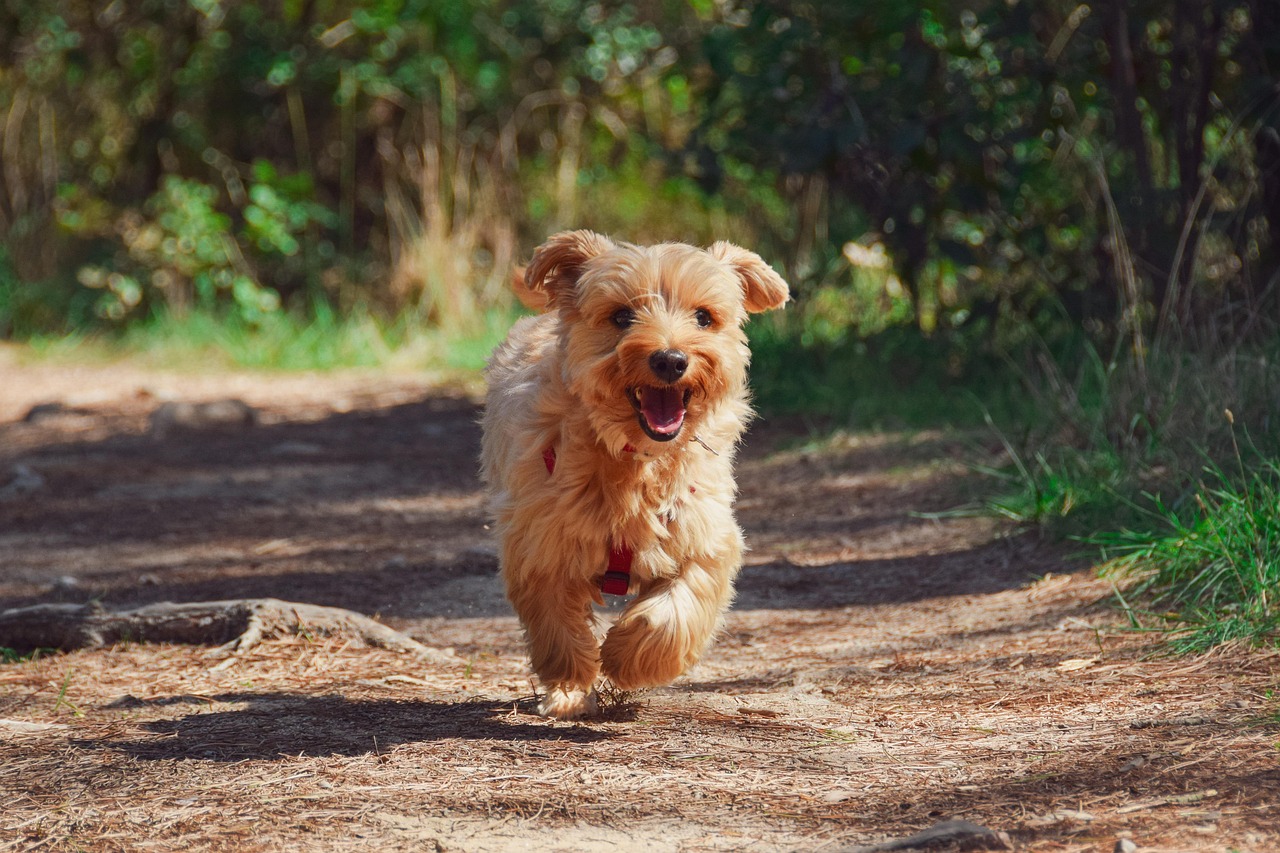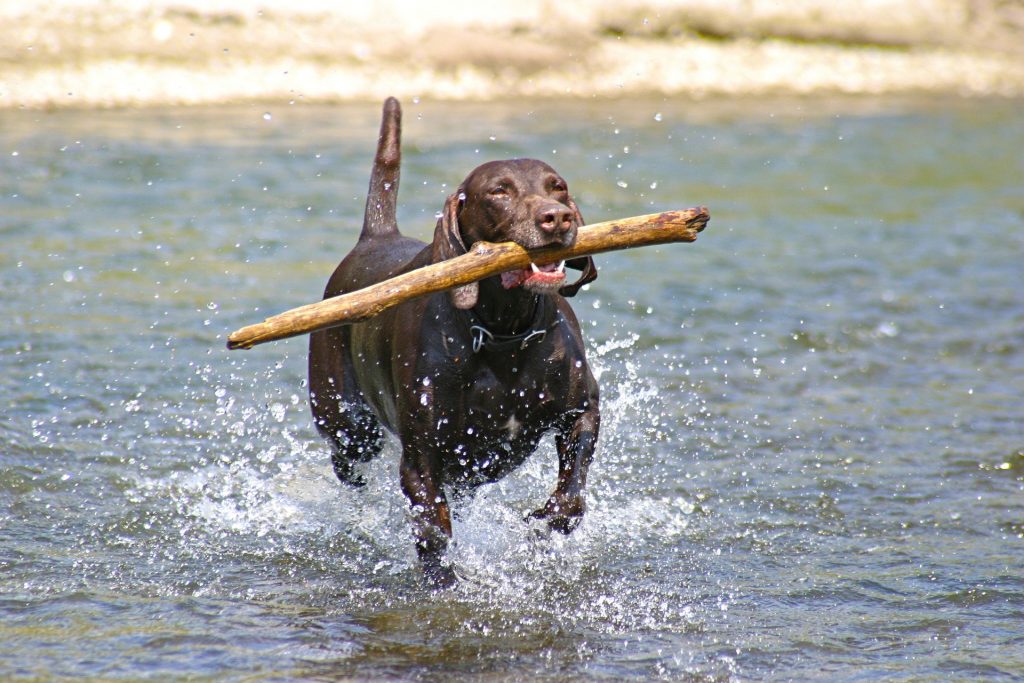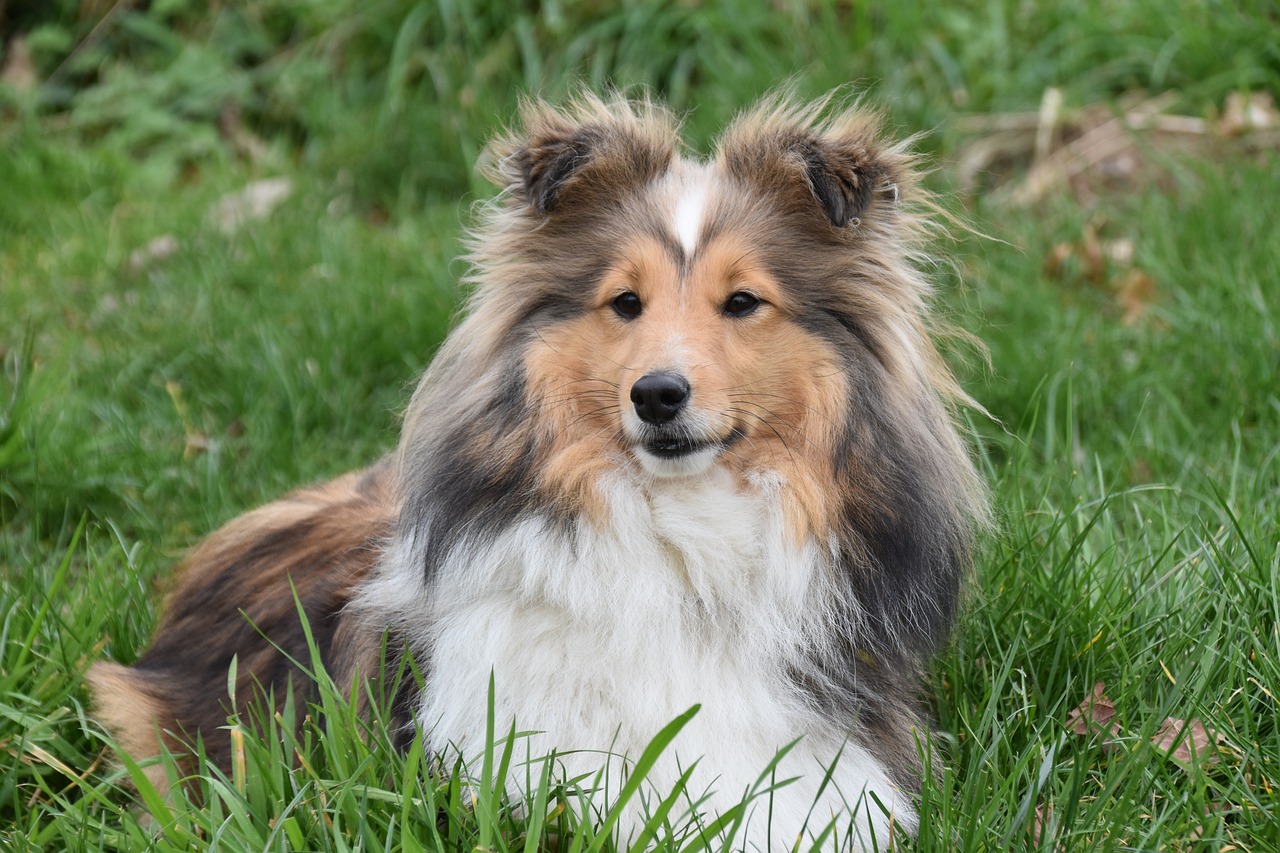Summer brings so many fun ways to enjoy recreational and social activities with your pup. Whether you are hiking mountains or attending outdoor barbecues, keeping your dog safe from the heat is a top priority.
What does an overheated dog look like?

Dogs do not sweat like people and can only cool themselves through sweating paw pads and panting. Your dog’s primary mechanism of cooling is panting. This dissipates body heat into the environment.
The following are signs and symptoms that your dog is beginning to overheat:
- Panting with a spade-shaped tongue. While panting is normal, if your dog’s tongue is fully extended from the mouth with a spade shape, your dog has reached the maximum for cooling.
- Lethargy. If your dog repeatedly lies down or seems sedate, they are most likely feeling unwell due to heat. It’s also possible that your dog may be experiencing discomfort from some other ailment.
- Seizures. Dogs with severe heatstroke can experience seizures. This is a medical emergency.
Dog susceptible to heat
The following are risk factors that increase your dog’s risk of being injured by the heat:
- Brachycephalic breeds. These are dogs with flat faces like Pugs, Boston Terriers, and French Bull Dogs. These dogs are at a high risk of heatstroke because the anatomy of their nostrils and airways makes getting enough oxygen more difficult. While there are surgeries to help open their airways, these dogs naturally carry a much higher risk of heatstroke.
- Medications. Dogs on certain medications are more prone to heat injury. Drugs to treat heart disease, like diuretics and beta-blockers, decrease your dog’s ability to stay cool.
- Medical conditions. Underlying medical conditions, such as laryngeal paralysis, heart disease, collapsing trachea, and obesity, increase your dog’s chances of suffering from heatstroke. Laryngeal paralysis is a common respiratory disease of older, large-breed dogs. The symptom of laryngeal paralysis is loud, noisy breathing, especially on the exhale. This breathing pattern is worsened during excitement or exercise. Collapsing tracheas are common in older, small dogs and are accompanied by honking coughs that linger. This coughing fits may be exacerbated by leashes pulling on collars.
- Coat color. Dark and black coats absorb more heat from the sun. These dogs get too hot more readily than dogs with white or light coats.
- Humidity. Increased moisture in the air can impair dogs’ ability to cool themselves by panting. Your dog can withstand higher ambient temperatures in the dryer, more desert-like climates.
How hot is too hot for a dog?

This varies depending on your dog’s risk factors, such as breed, weight, coat color, and overall health. However, here are a few guidelines:
- Hot cars. On average, your car will be about 30 to 50 degrees Fahrenheit warmer than the outside temperature. So even on a 70-degree day, the car can become deadly. Unfortunately, cracking the windows or opening the sunroof is just not enough. If it’s over 60 degrees F, leave your dog at home. Even at 60 degrees, leaving your dog in the car for long periods can be deadly.
- Pavement. Hot pavement is a common source of paw pad injury in dogs during the summer. Pads burned by hot cement can take a long time to heal due to their low blood supply. If the pavement is too hot for your hand to touch for 5 to 10 seconds, it’s too hot for your dog’s pads. If you need to walk your dog on hot surfaces, fit them with protective boots on all four feet.
How to keep your dog cool and prevent heatstroke
Prevention is key here. On a hot day, take these easy steps to keep your dog cool.
- Hydration. Make sure that your pup is hydrated well in advance before your time outside. If you have a hike planned, start hydrating your pet 12 to 24 hours before. You can add water to your dog’s food and flavor her water to promote water consumption. I use tuna juice to enhance the flavor of the water.
- Shade. Temperatures in shaded areas can be drastically lower than in areas with direct sun exposure. Create shade using umbrellas and tents.
- Evaporative cooling. Allowing your dog to cool off in water such as a pool, lake or stream can be very helpful. If there isn’t water available, cool your dog with water you bring. Remember that humidity makes these techniques less effective.
- Cooling vests. Cooling vests are an accessible and effective option to help keep your dog’s core temperature lower. These vests work by keeping the air next to your pup cooler and go a long way in making them more comfortable.
- Moderate exercise. Help your dog keep exercise to a minimum in high temperatures. Some dogs are so enthusiastic about playing, they miss their internal body signals. Enforce breaks in the shade with added hydration to help offset a high-drive dog’s risk for heat injury.
What to do if your dog overheats

If your dog starts to pant with his tongue fully extended from the mouth in a spade shape, repeatedly lies down or seems sedate, do the following:
- Seek medical attention. The priority is finding your way to a veterinary hospital. These are measures that can be taken on the way to a clinic.
- Cool with room-temperature water. Use room-temperature water to wet your dog’s hair coat. NEVER use cold water or ice packs. Those make it harder for your dog to cool, because the cold causes their blood vessels to constrict.
- Air. Use a fan to cool your dog after you have applied water to their coat. If you are in the car on the way to your veterinarian, roll down the windows and use the car’s air conditioner for evaporative cooling.
Keeping your pup safe in hot temperatures may feel overwhelming and anxiety-producing. If you are worried or have any doubts that your dog is safe in a warm or hot climate, stay cautious and avoid such activities. If you doubt the safety of the temperature of your car, the pavement or outdoor activity, keep your dog safe by keeping them indoors with climate control.
Things to avoid if your dog has overheated
Don’t be fooled by misinformation. This is what you should not do if your dog is too hot:
- Alcohol. It was previously recommended to use alcohol on the ears and paw pads of overheated dogs. It is now understood that this causes your dog’s blood vessels to contract, hindering the cooling process. Also, alcohol might absorb through your dog’s skin and cause toxicity.
- Wet towels. This is another dated recommendation that can cause your dog’s cooling mechanisms to be impaired.